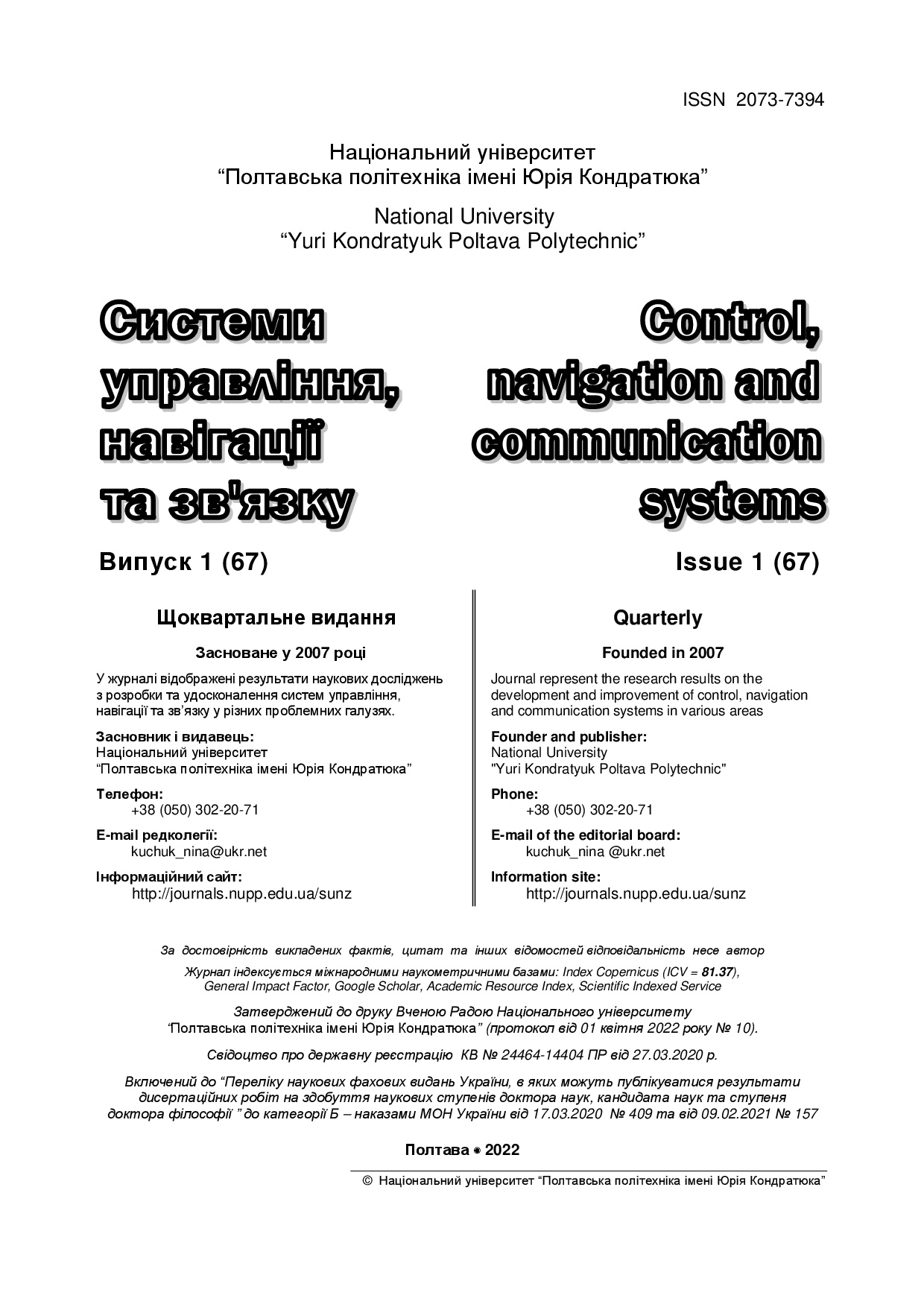МОНІТОРИНГ НИЗЬКОЧАСТОТНОГО ЗВУКОВОГО ТА ІНФРАЗВУКОВОГО НАВАНТАЖЕННЯ НА ВИРОБНИЧЕ СЕРЕДОВИЩЕ ТА ЗАСОБИ ЙОГО ЗНИЖЕННЯ
DOI:
https://doi.org/10.26906/SUNZ.2022.1.127Ключові слова:
звук, інфразвук, резонансна частота, панель, звукопоглинальний апаратАнотація
Проведено моніторинг низькочастотного звуку та інфразвуку на території міста у октавних смугах частот. Показано, що рівні цього чинника перевищують гранично допустимі значення у автомобільному та міському електричному транспорті. Ненормативні значення інфразвуку спостерігаються поблизу залізничного полотна. Виконано аналіз можливих підходів до зниження рівнів низькочастотного звуку та інфразвуку принаймні усередині будівель. Показано переваги та недоліки резонансних та мембранних панелей для поглинання низькочастотних пружних хвиль. Наведено розрахунковий апарат для визначення поглинальних властивостей конструкцій. Доведено, що для ефективного захисту конструкції повинно налаштовуватися на мінімальні пікові частоти, що забезпечує поглинання хвиль вищих кратних ним частот. Запропоновано двошарову конструкцію, налаштовану на дві найбільш критичні звукові та інфразвукові частоти. Додаткове заповнення проміжку між ними та проміжку між конструкцією та поверхнею монтажу (стіна, стеля) стандартним шумопоглинальним матеріалом дозволяє підвищити загальний шумозахист. Надано розрахунок перфорованої шумозахисної панелі., яка застосовується у разі одного суттєвого піку у низькочастотній або інфразвуковій області. Така панель є ефективною, починаючи з частот 100–150 Гц. Запропоновано можливість одночасного зниження рівнів електромагнітних полів. Це досягається за рахунок додавання у проміжний шумопоглинальний матеріал металовмісної субстанції. Це може забезпечуватися застосуванням дрібнодисперсного концентрату залізної руди, який добре імплантується у будь-який матеріал і має низьку вартість. Показана можливість покриття жорстких елементів звукозахисної конструкції спеціальною фарбою для екранування електромагнітних полів широкого частотного діапазону. Це забезпечить захист людей від двох найбільш критичних техногенних фізичних чинників.Завантаження
Посилання
Санітарні норми виробничого шуму, ультразвуку та інфразвуку: ДСН 3.3.6.037-99.-[Чинний від 1999-01-12]. - К.: МОЗ України, 1999. – 29 с.- (Державні санітарні норми України).
Zinkin V., Soldatov S., Bogomolov A., Dragan S., Actual problems of Population Protection from the Low-Frequency Noise and Infrasound. Civil Security Techology, vol. 12. 2015. №1. pp. 90-96.
Boczar T, Zmarzły D, Kozioł M, at all. Measurement of Infrasound Components Contained in the Noise Emitted during a Working Wind Turbine. Energies. 2022; 15(2), no pp. 1-18. https://doi.org/10.3390/en15020597
Васильев А.В. К вопросу о снижении негативного воздействия инфразвукового излучения в условиях урбанизированных территорий, Машиностроение и машиноведение, 2020, № 5., с. 69-73




